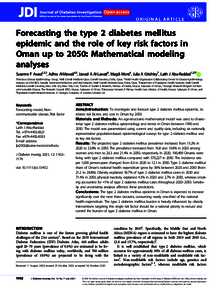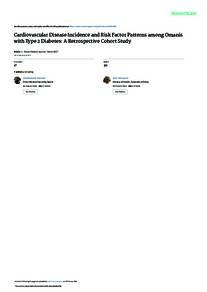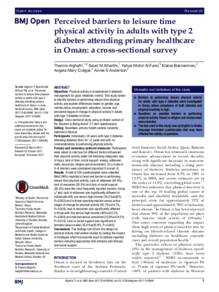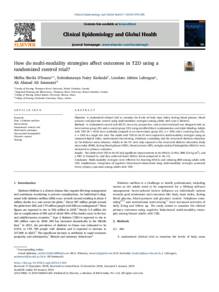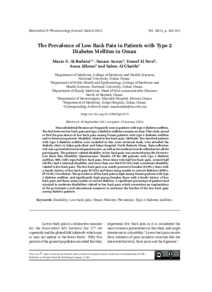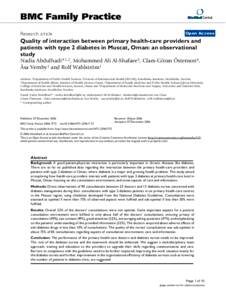Document
Forecasting the type 2 diabetes mellitus epidemic and the role of key risk factors in Oman up to 2050 : mathematical modeling analyses.
Identifier
DOI: 10.1111/jdi.13452
Source
Journal of Diabetes Investigation. v. 12, 7, p. 1162-1174
Contributors
Al-Mawaliyah, Adhra., Author
Al-Lawati, Jawad A., Author
Morsi, Magdi., Author
Critchley, Julia A., Author
Abu-Raddad, Laith J., Author
Country
United States.
Publisher
John Wiley and Sons Inc.
Gregorian
2021-07-01
Language
English
Subject
English abstract
Aims/Introduction: To investigate and forecast type 2 diabetes mellitus epidemic, its related risk factors and cost in Oman by 2050. Materials and Methods: An age-structured mathematical model was used to characterize type 2 diabetes mellitus epidemiology and trends in Oman between 1990 and 2050. The model was parametrized using current and quality data, including six nationally representative population-based epidemiological surveys for type 2 diabetes mellitus and its key risk factors. Results: The projected type 2 diabetes mellitus prevalence increased from 15.2% in 2020 to 23.8% in 2050. The prevalence increased from 16.8 and 13.8% in 2020 among women and men to 26.3 and 21.4% in 2050, respectively. In 2020, 190,489 Omanis were living with type 2 diabetes mellitus compared with 570,227 in 2050. The incidence rate per 1,000 person-years changed from 8.3 in 2020 to 12.1 in 2050. Type 2 diabetes mellitus’ share of Oman’s national health expenditure grew by 36% between 2020 and 2050 (from 21.2 to 28.8%). Obesity explained 56.7% of type 2 diabetes mellitus cases in 2020 and 71.4% in 2050, physical inactivity explained 4.3% in 2020 and 2.7% in 2050, whereas smoking accounted for 1% of type 2 diabetes mellitus cases throughout 2020–2050. Sensitivity and uncertainty analyses affirmed these predictions. Conclusions: The type 2 diabetes mellitus epidemic in Oman is expected to increase significantly over the next three decades, consuming nearly one-third of the national health expenditure. The type 2 diabetes mellitus burden is heavily influenced by obesity. Interventions targeting this single risk factor should be a national priority to reduce and control the burden of type 2 diabetes mellitus in Oman.
ISSN
2040-1116
Category
Journal articles

